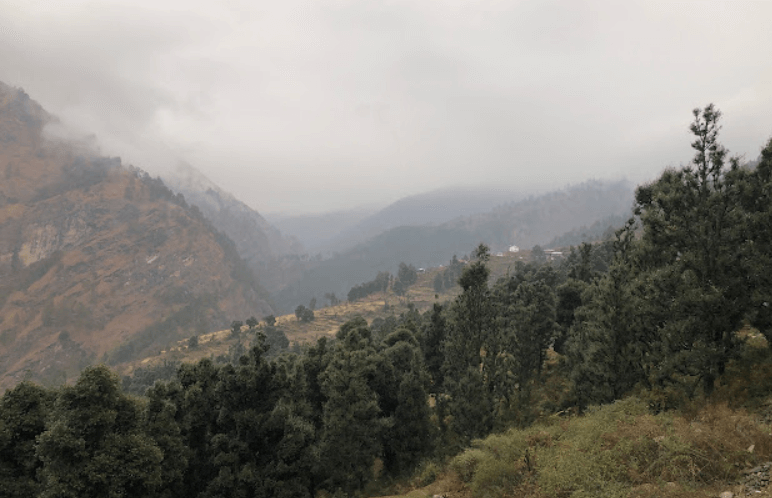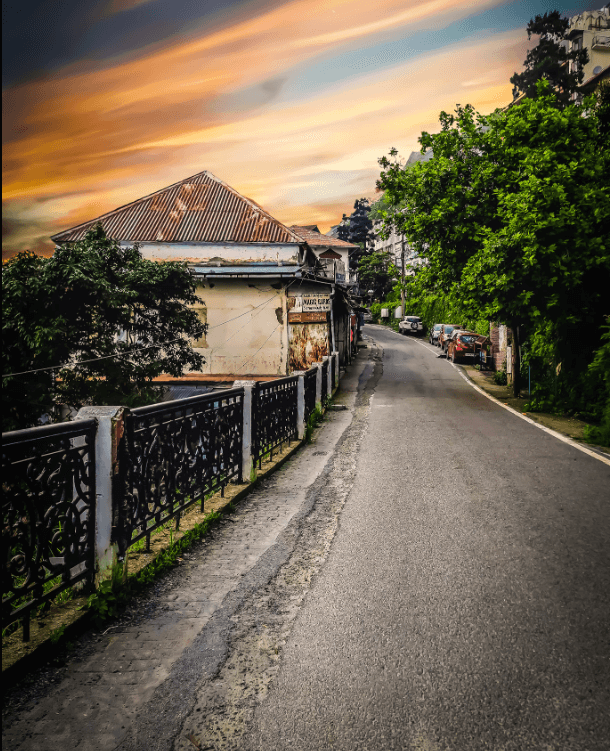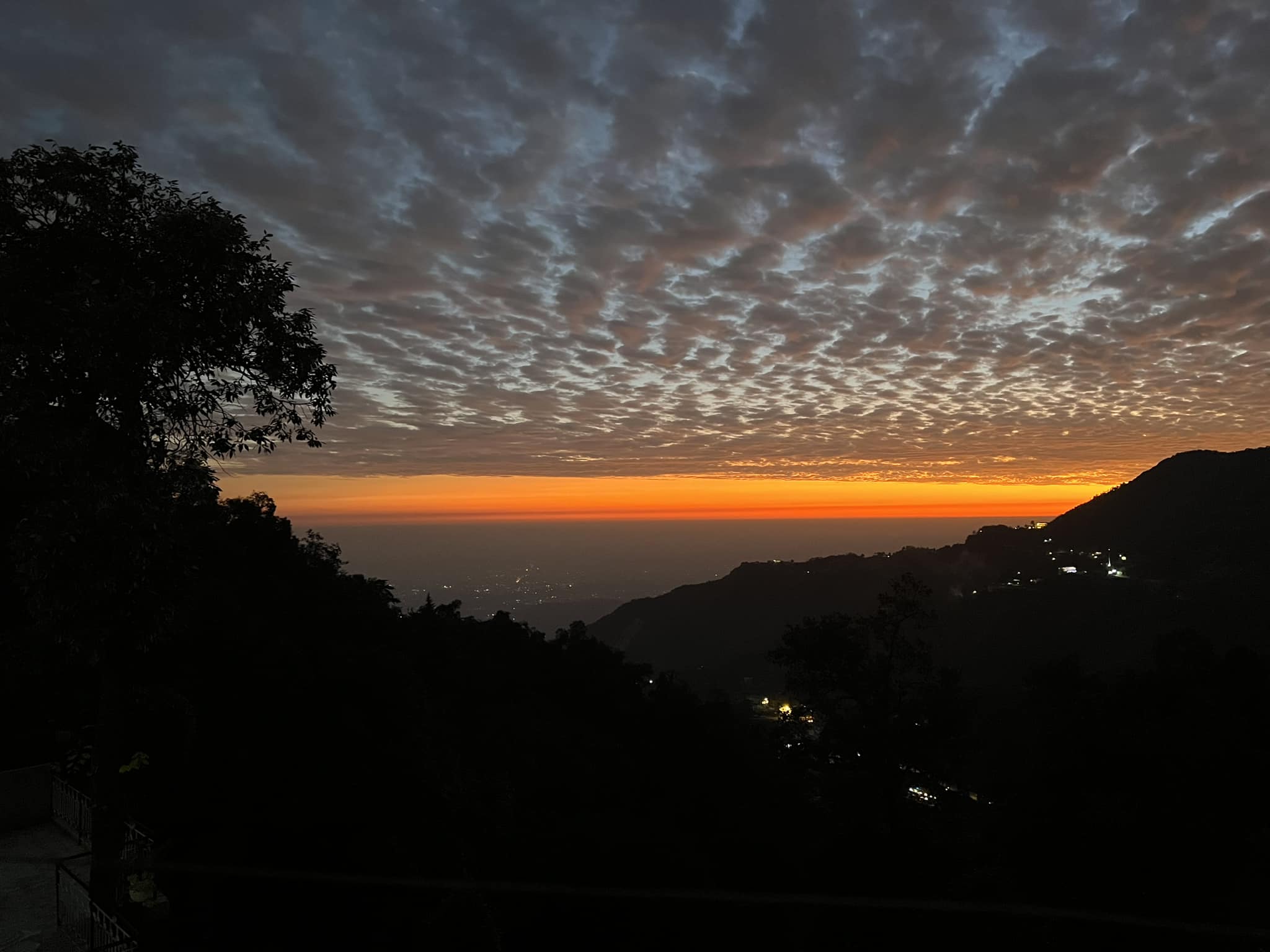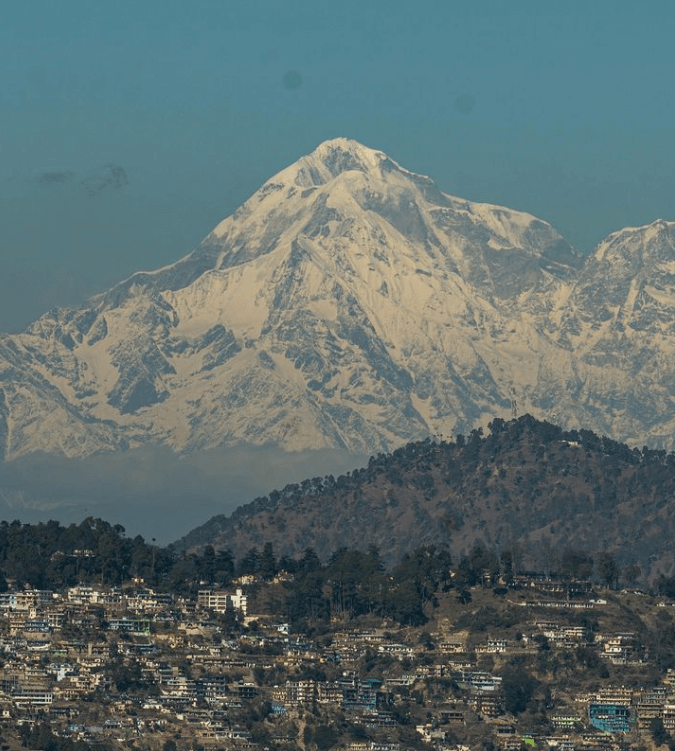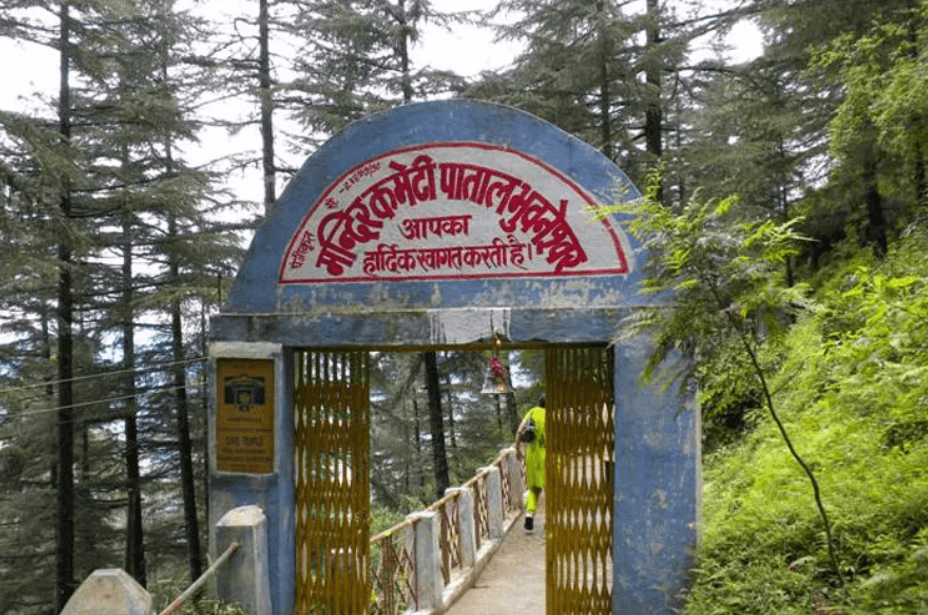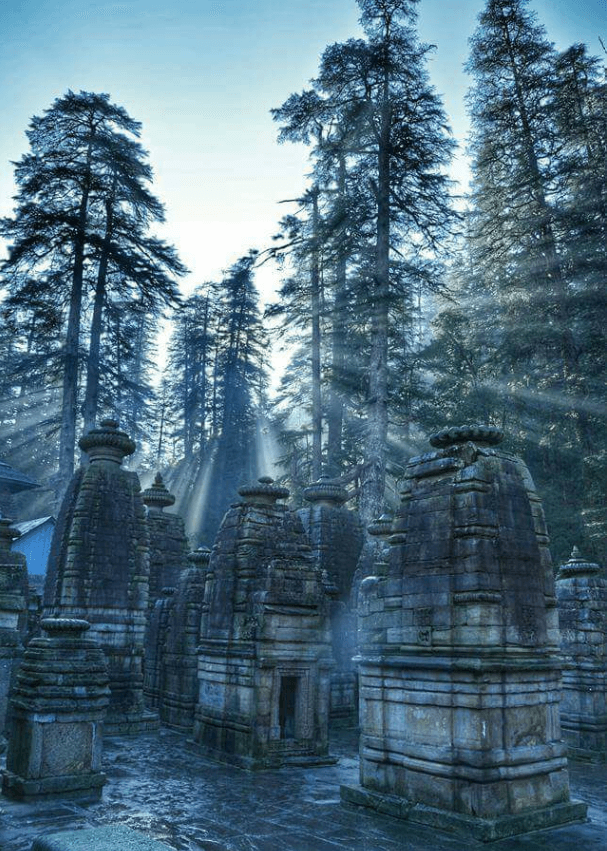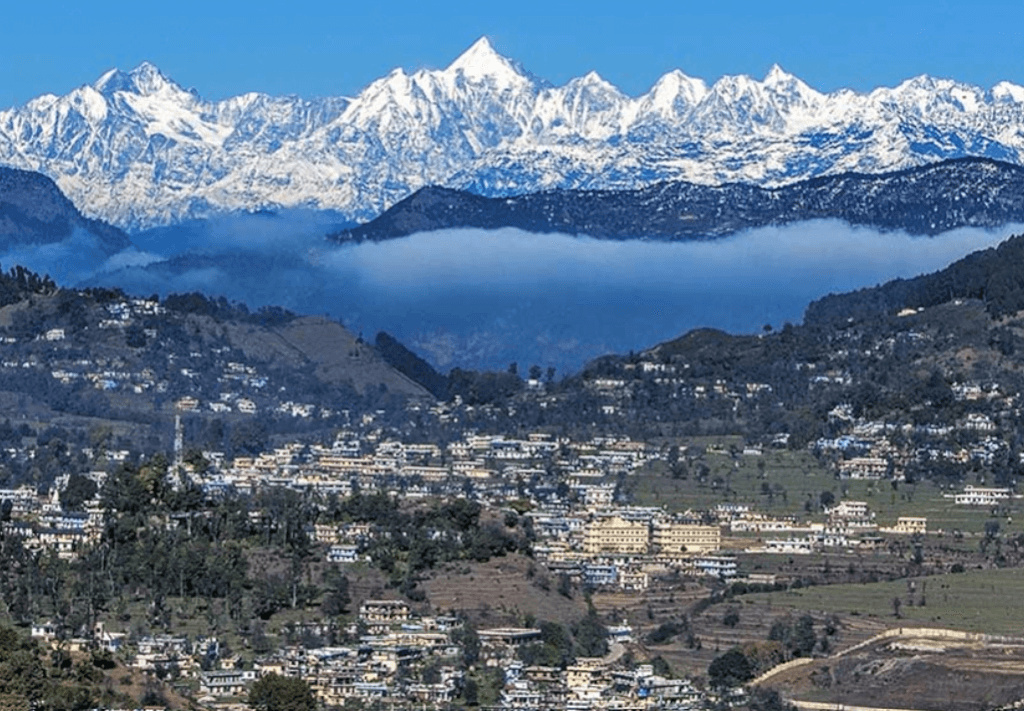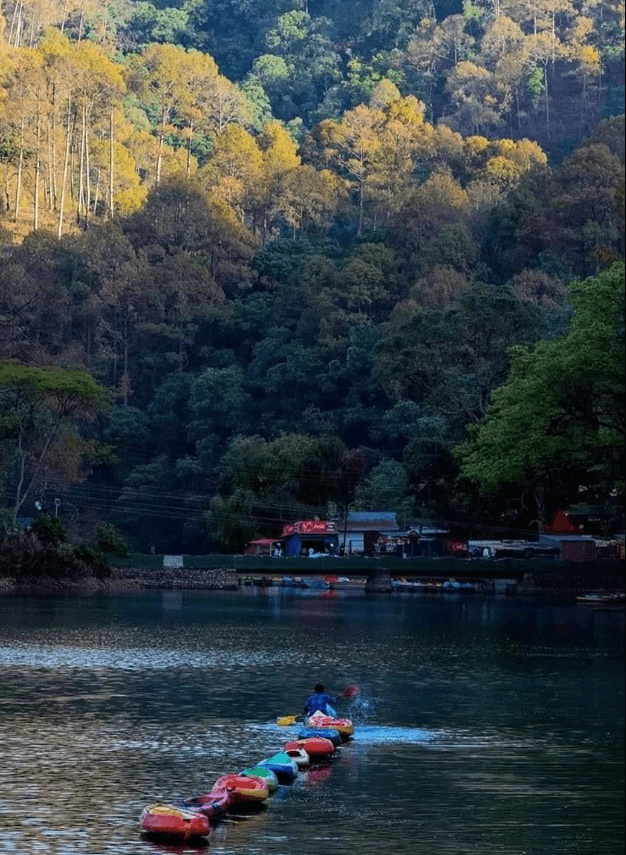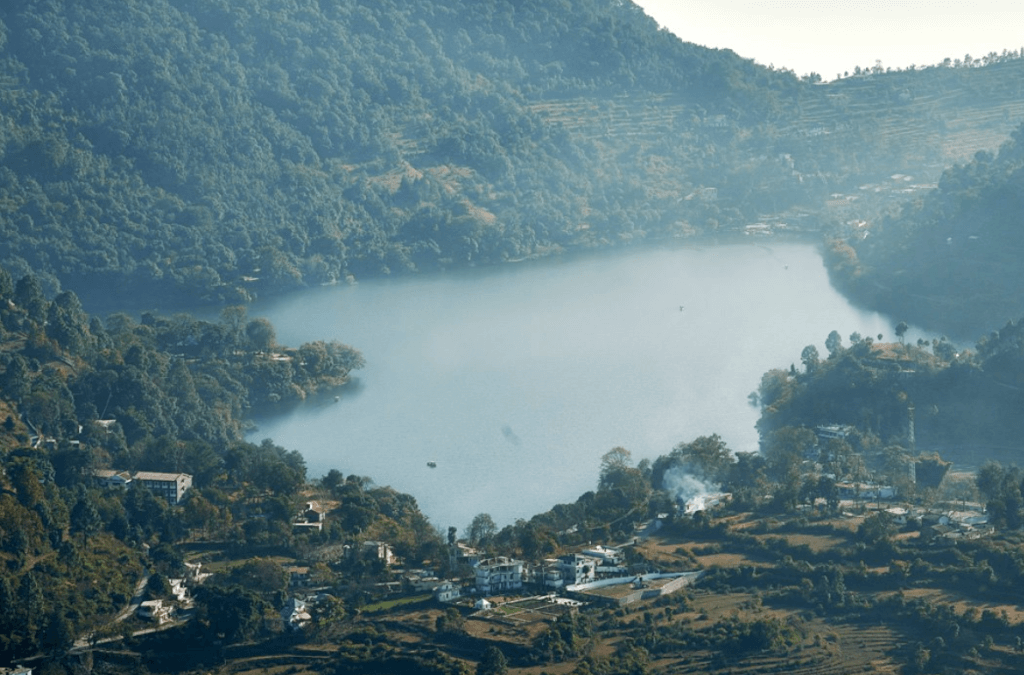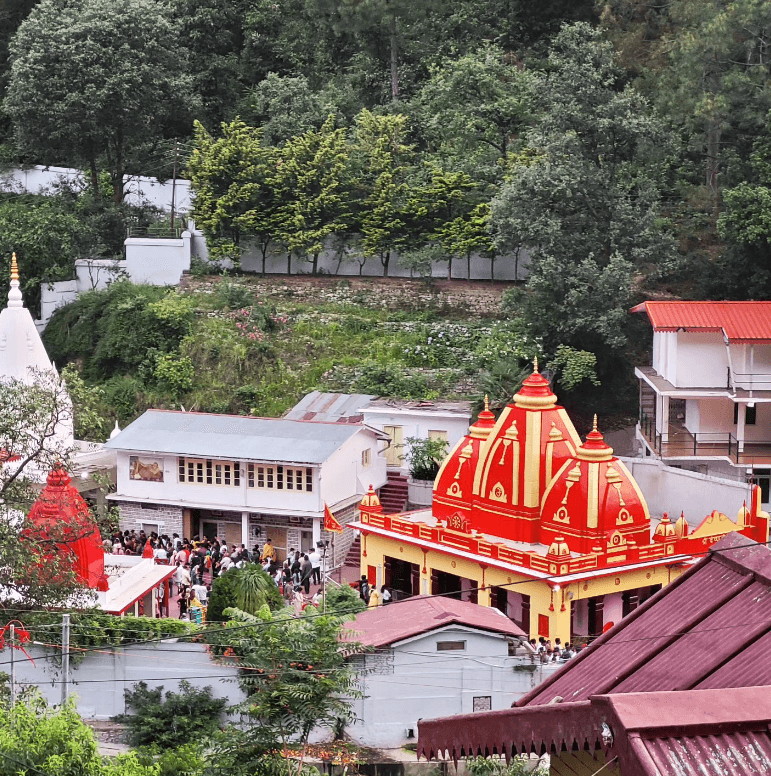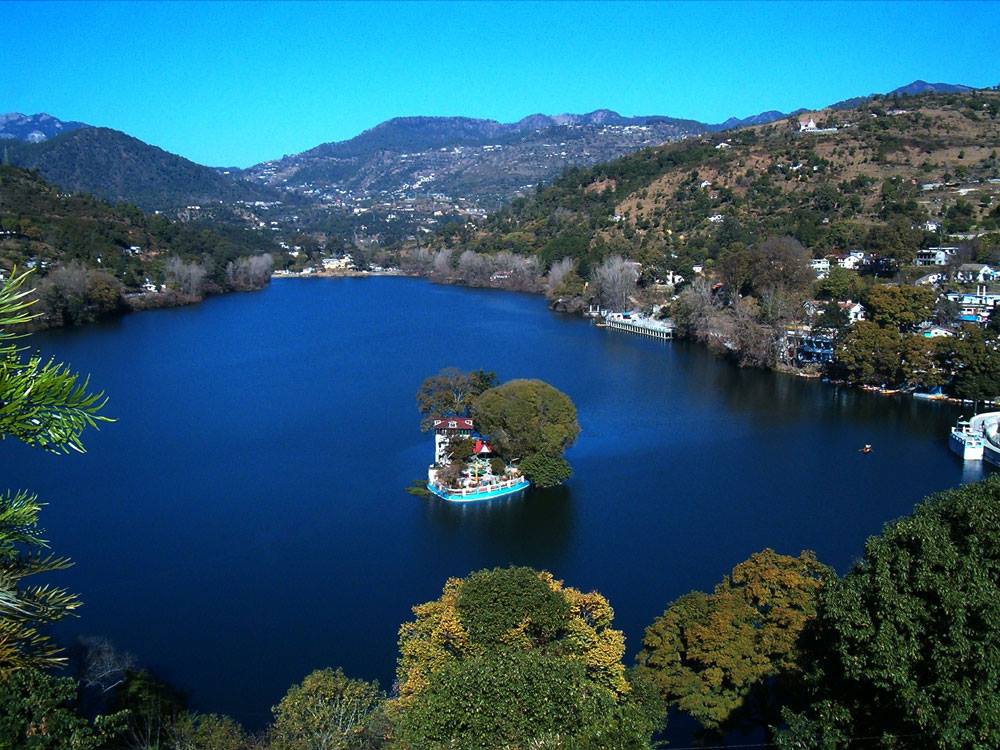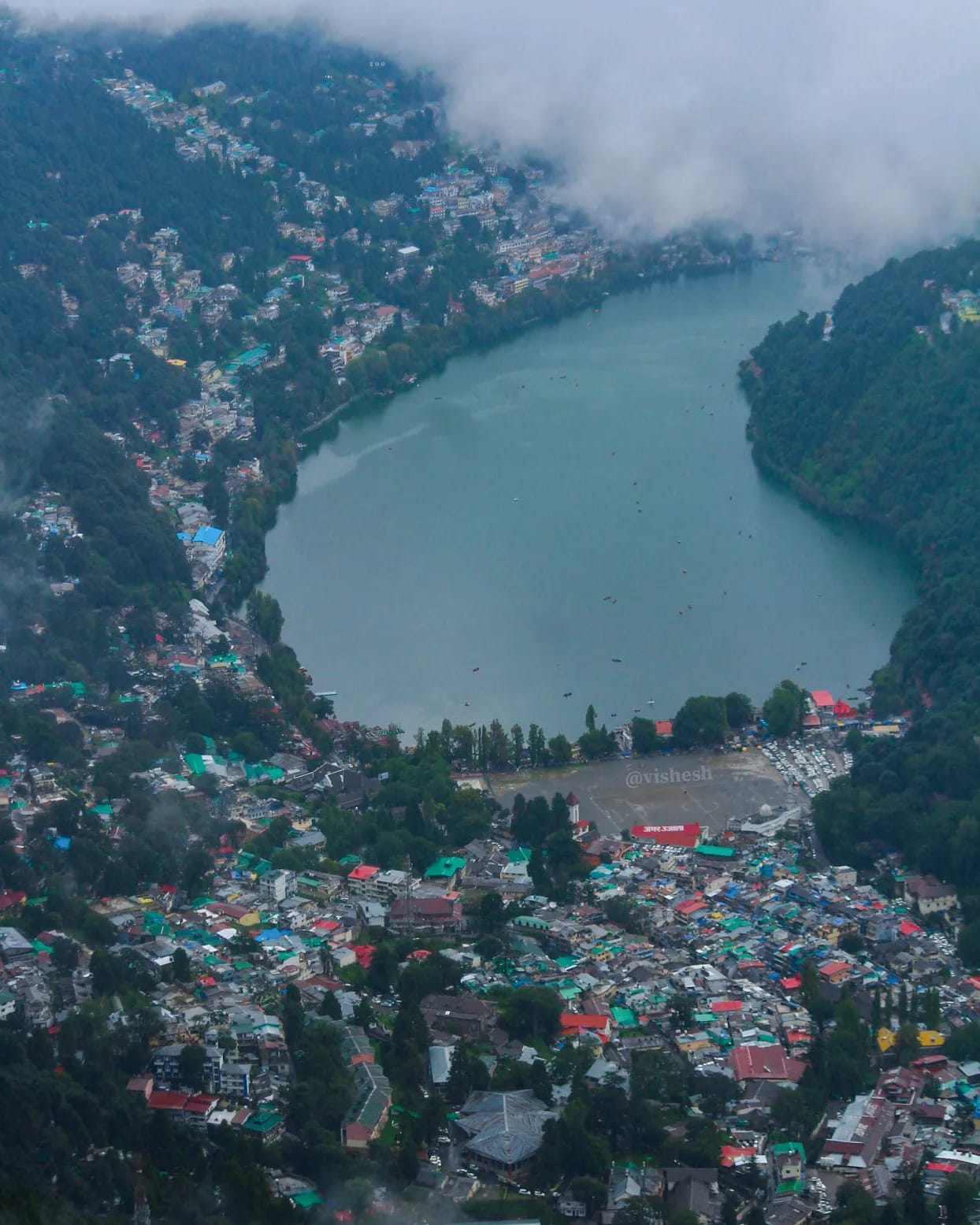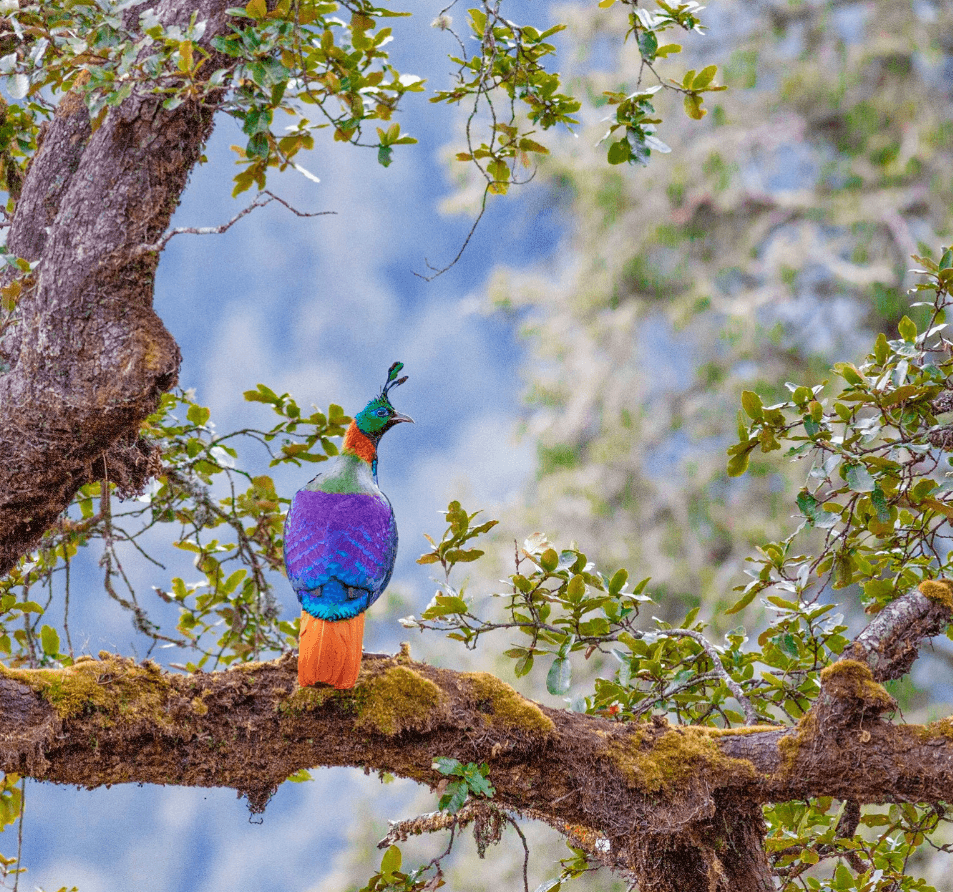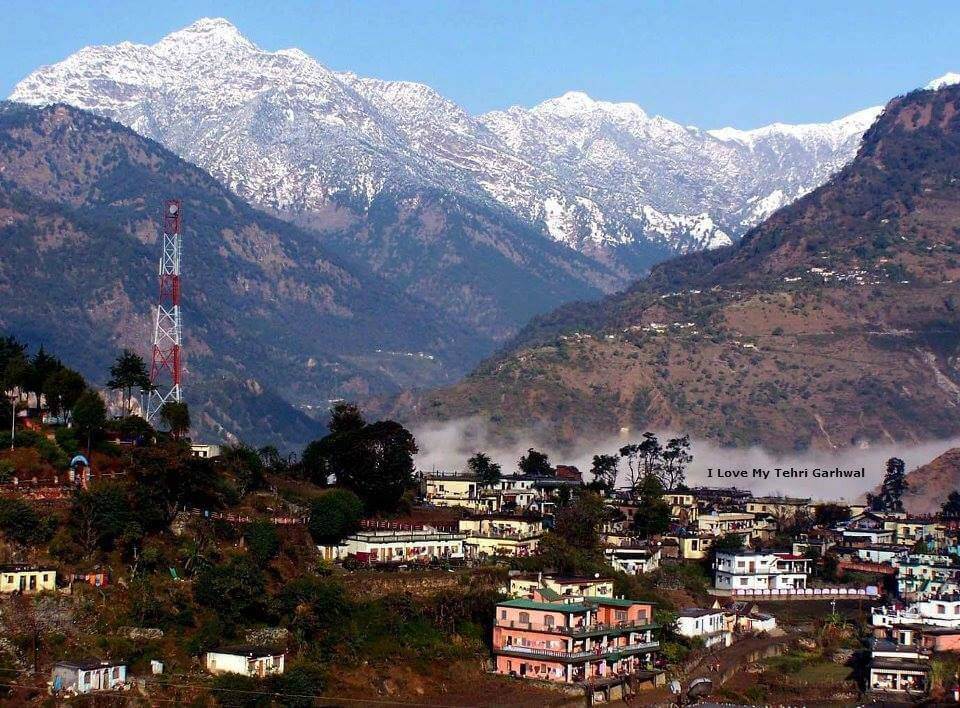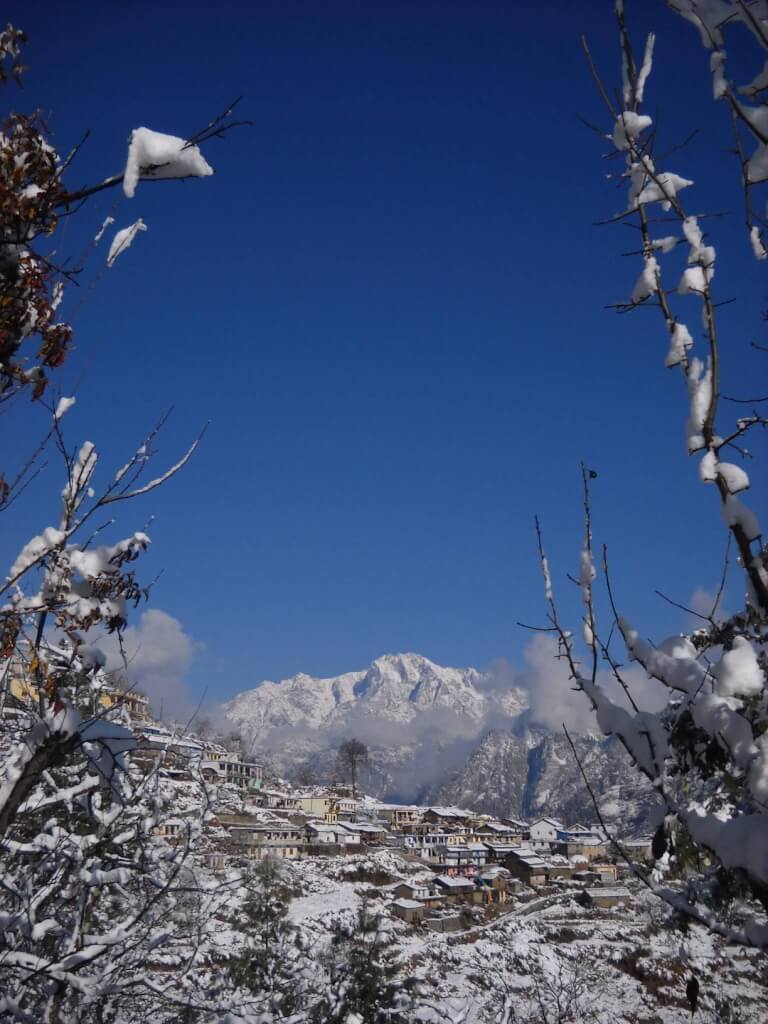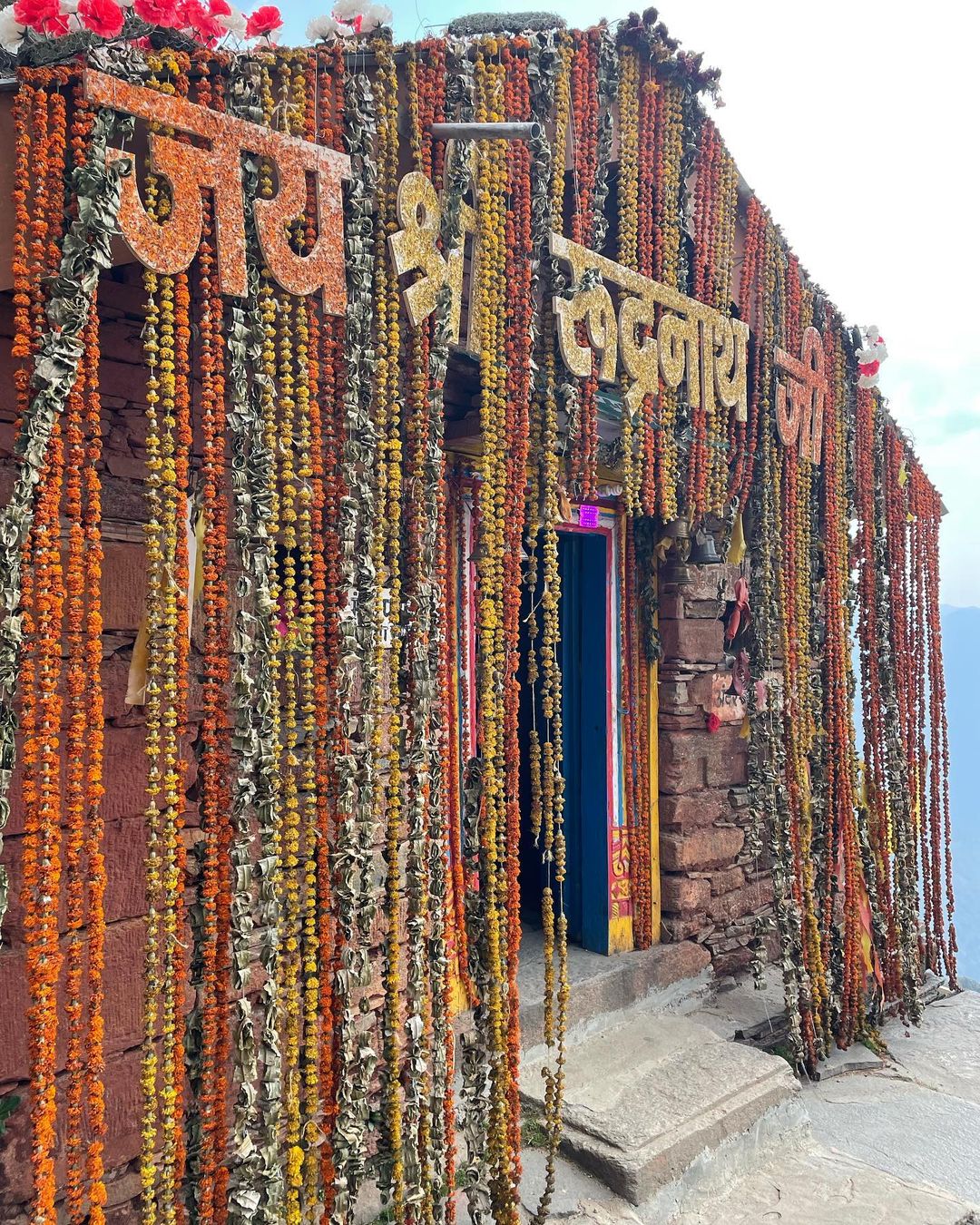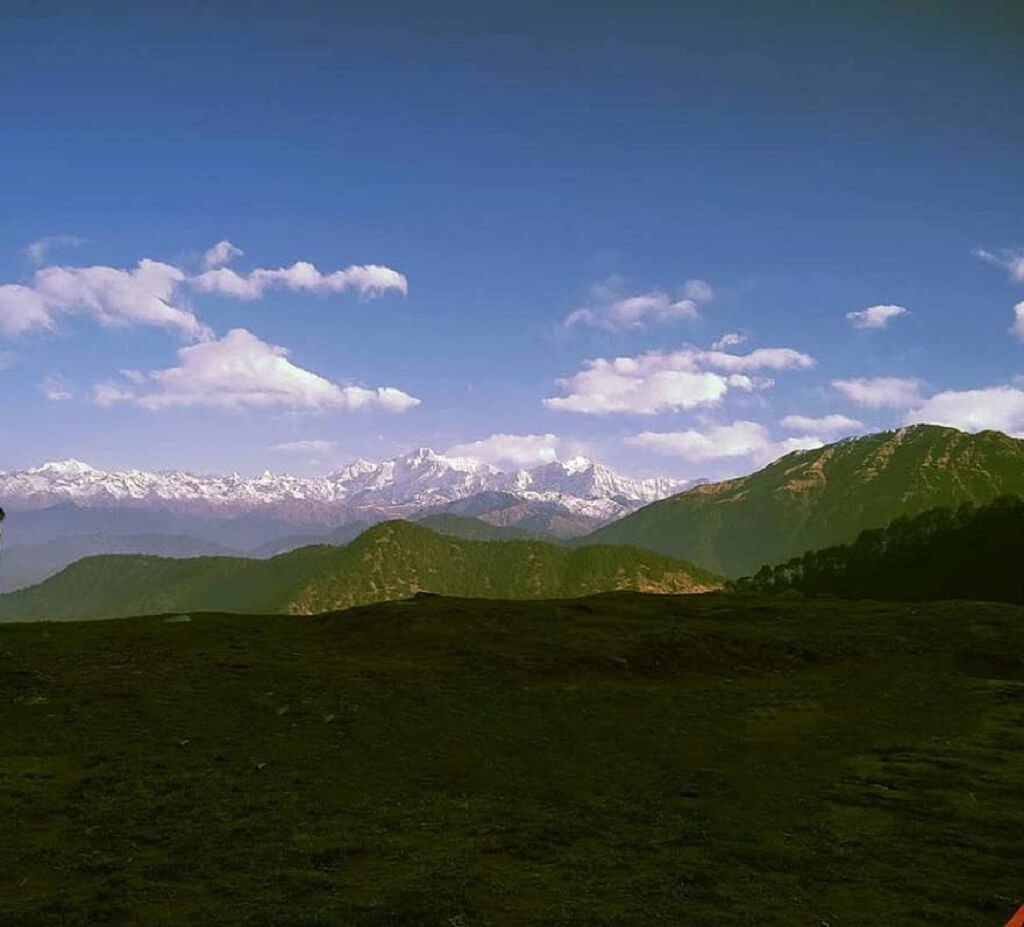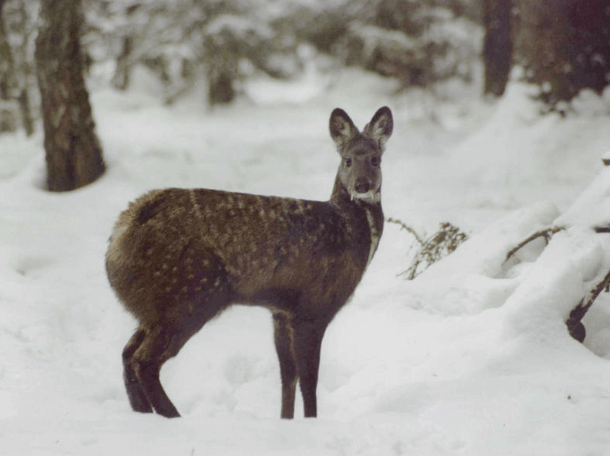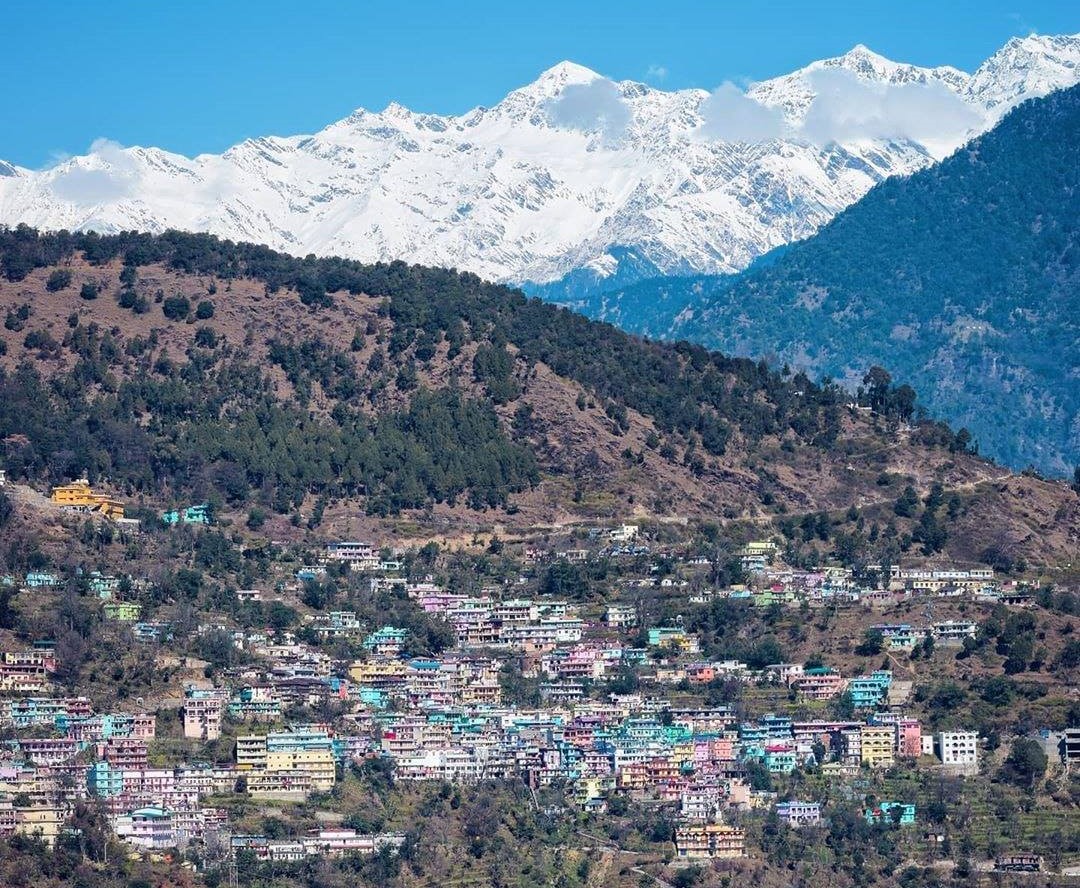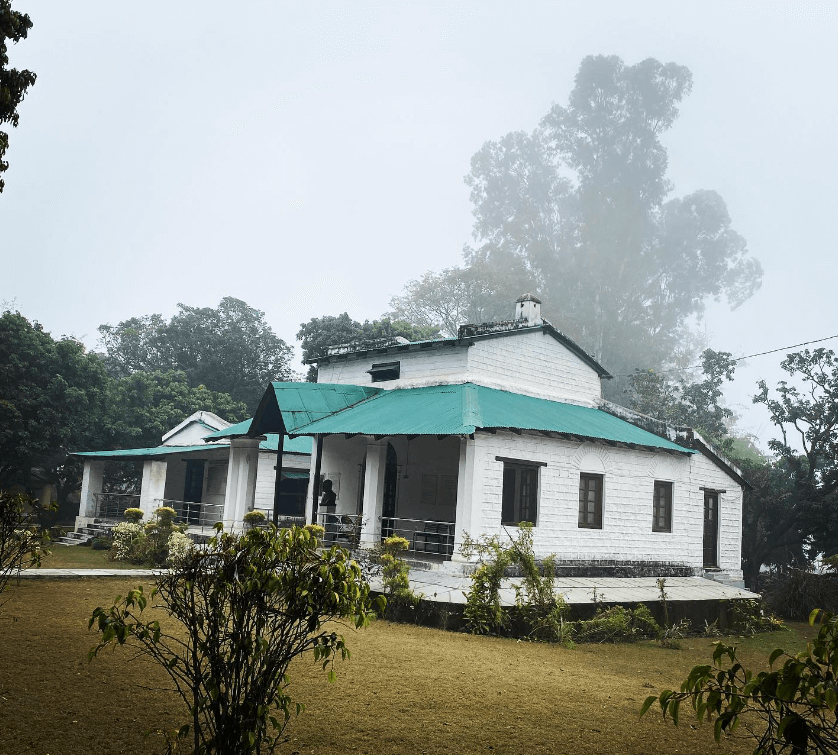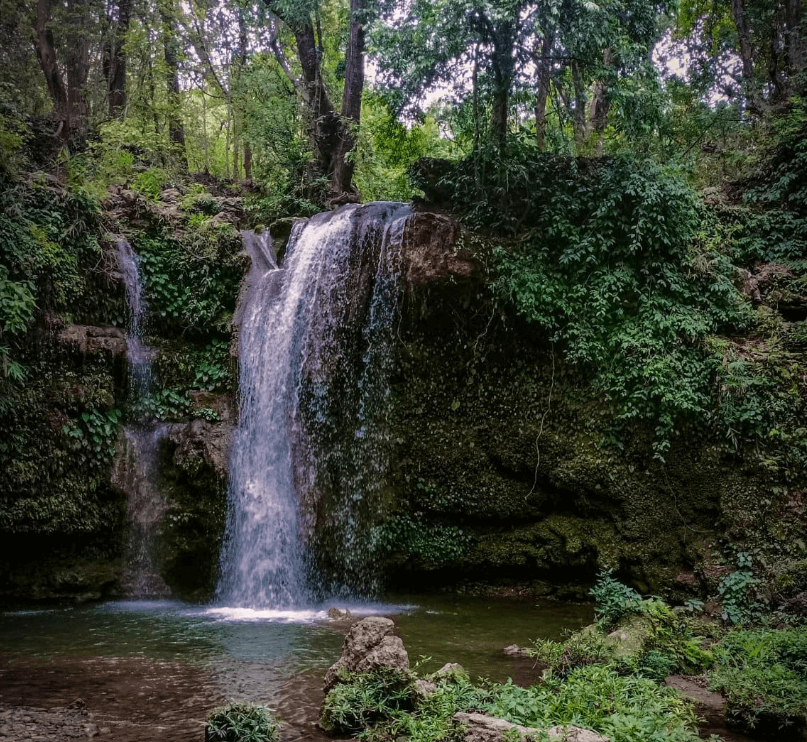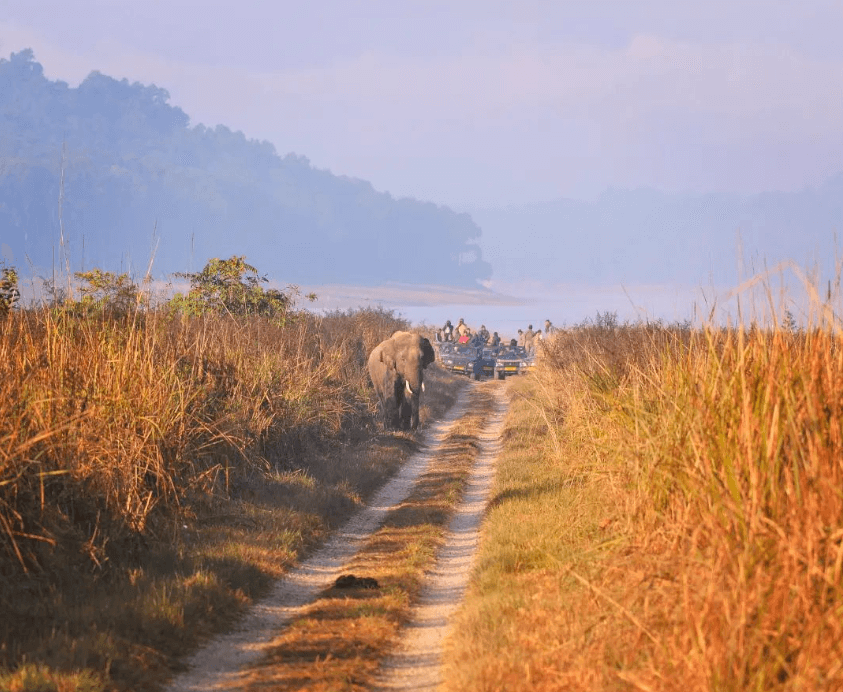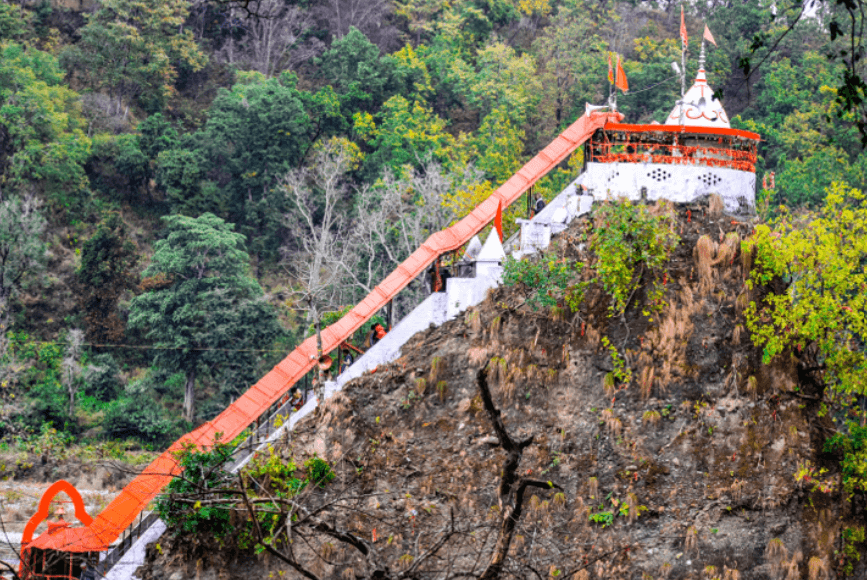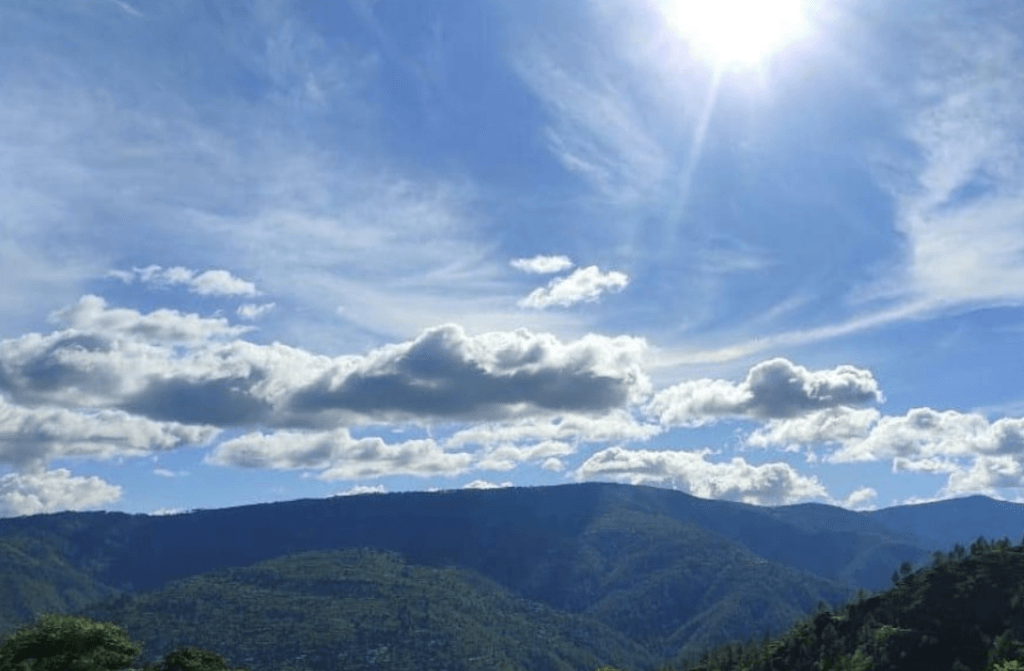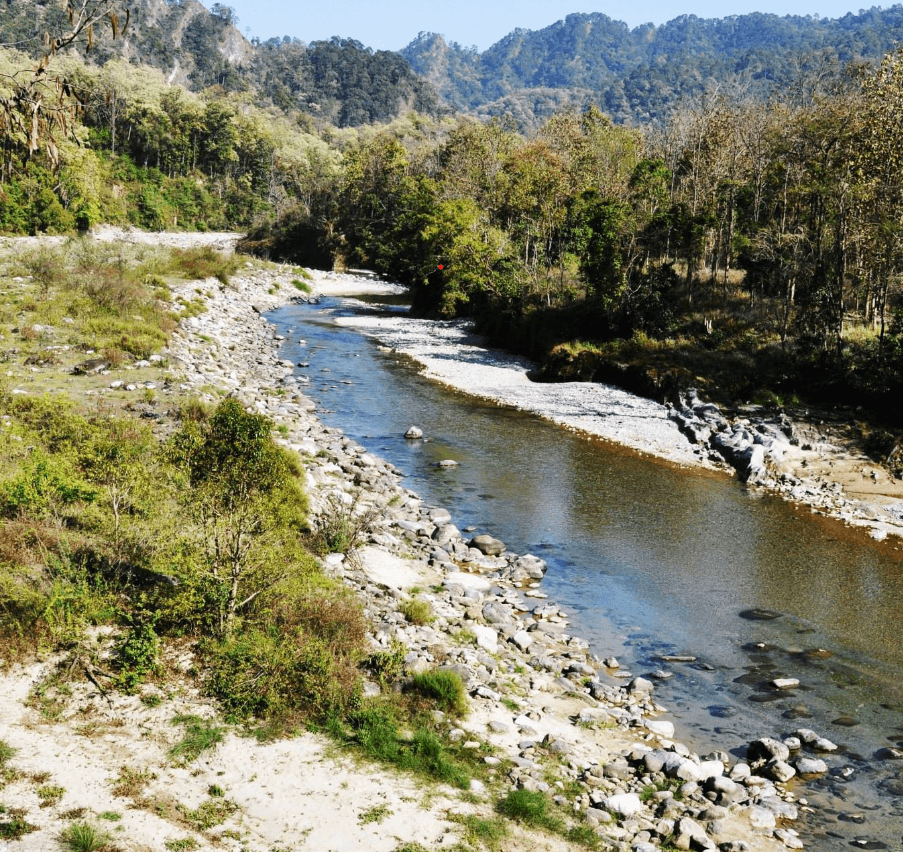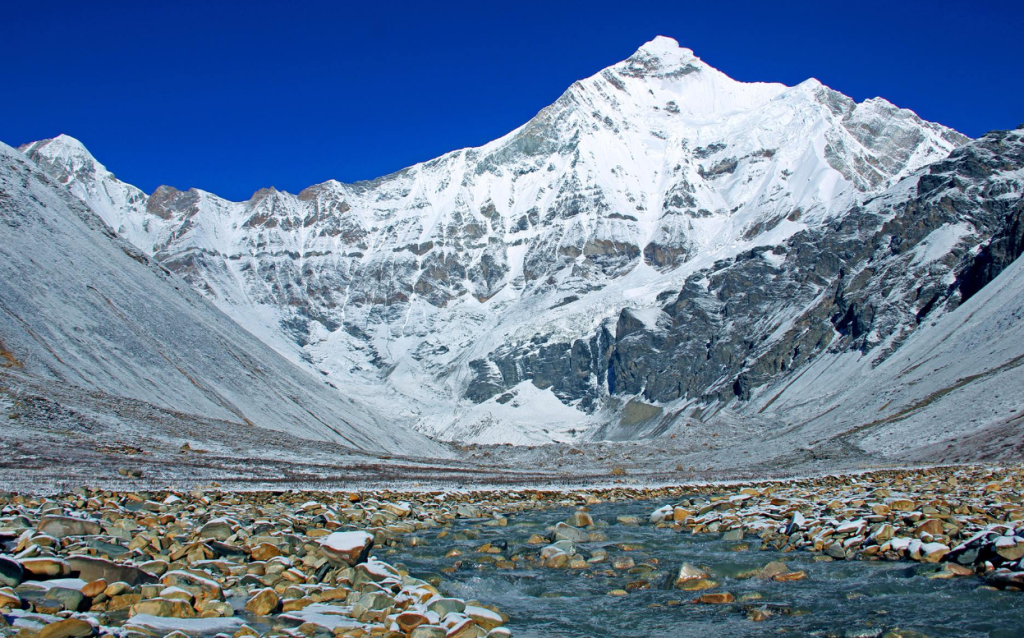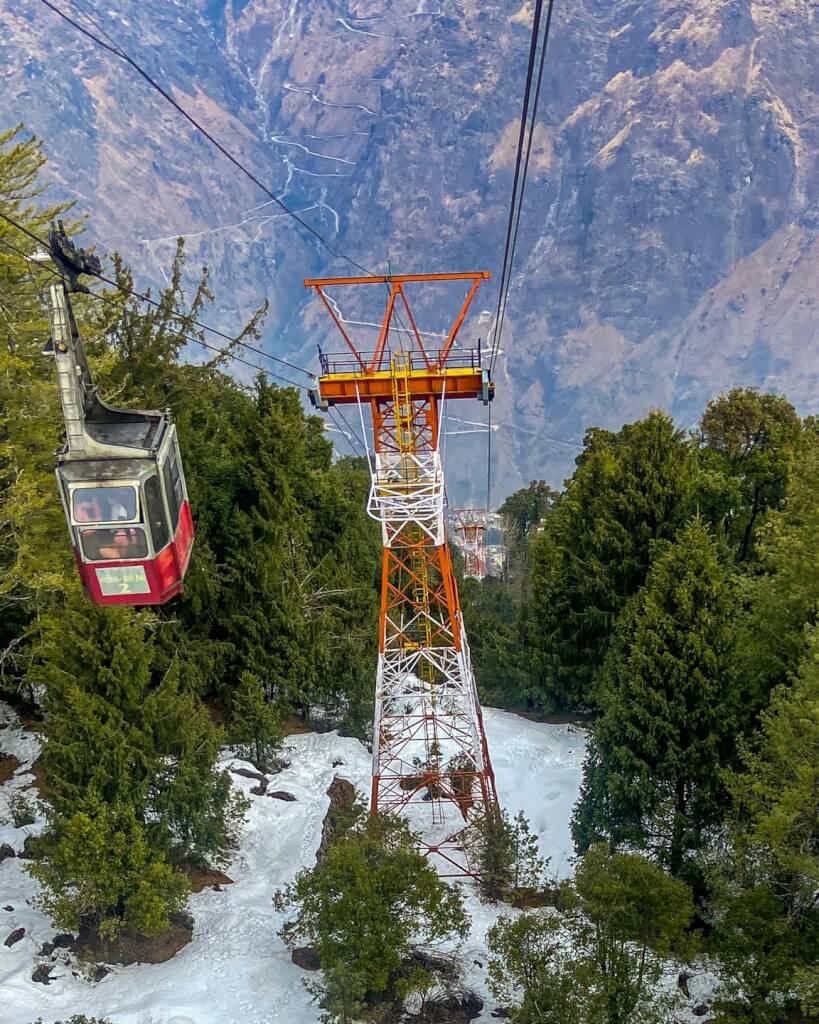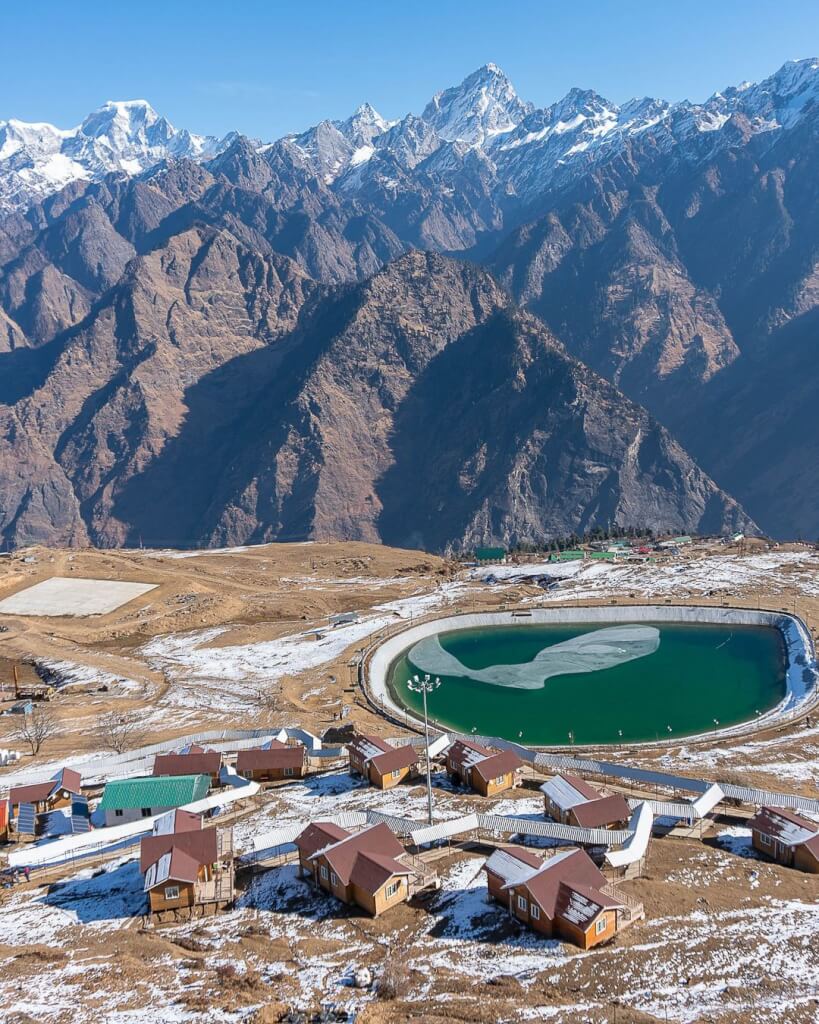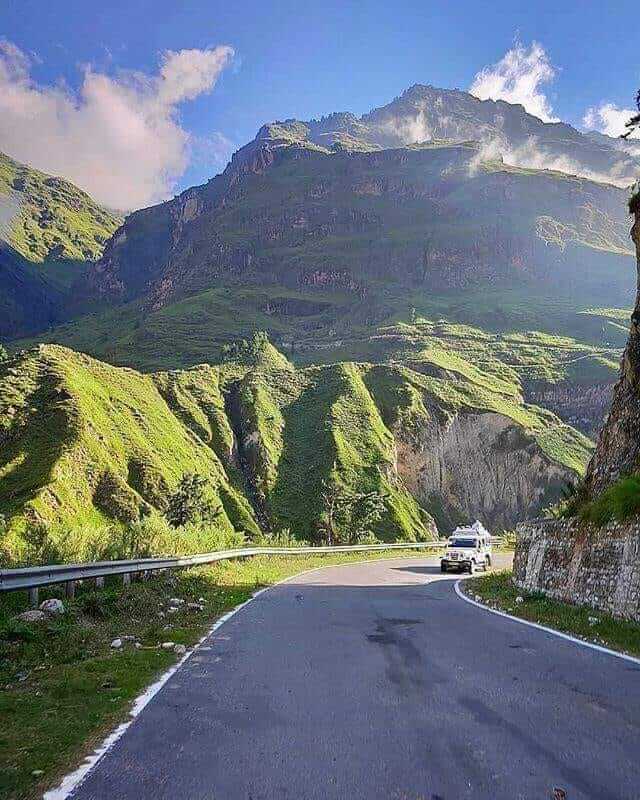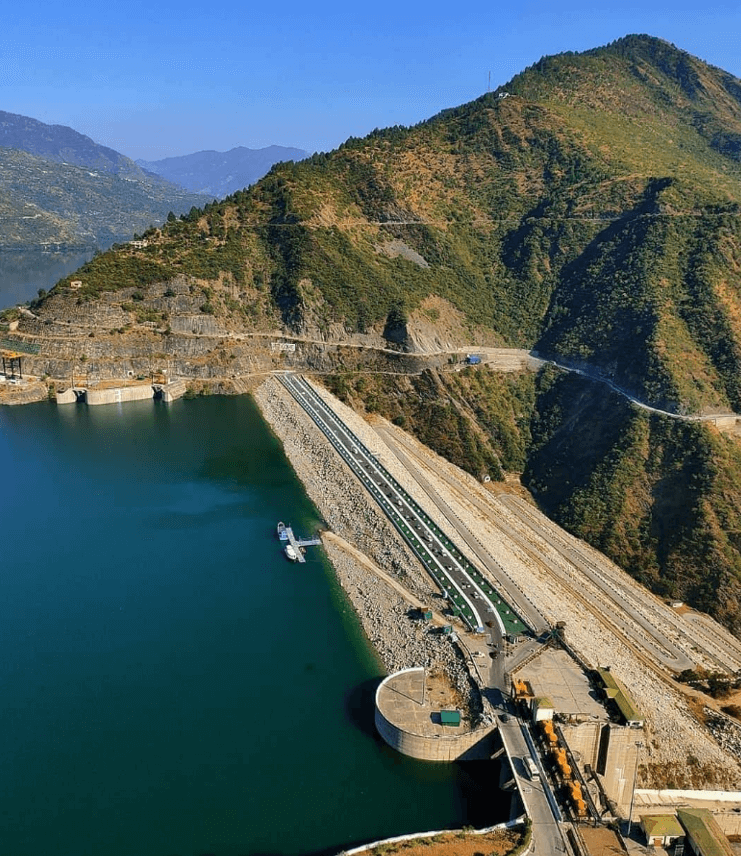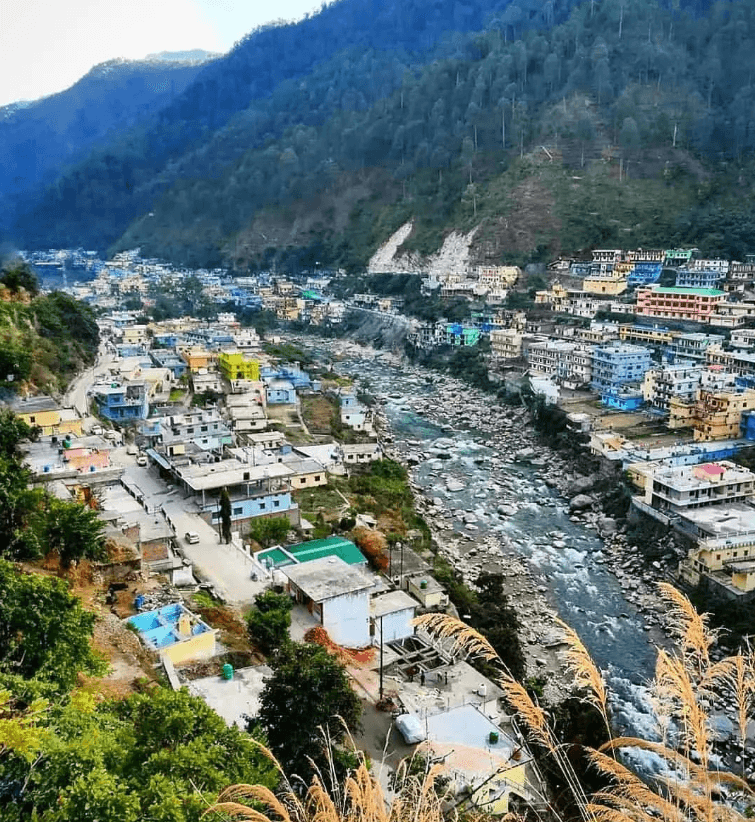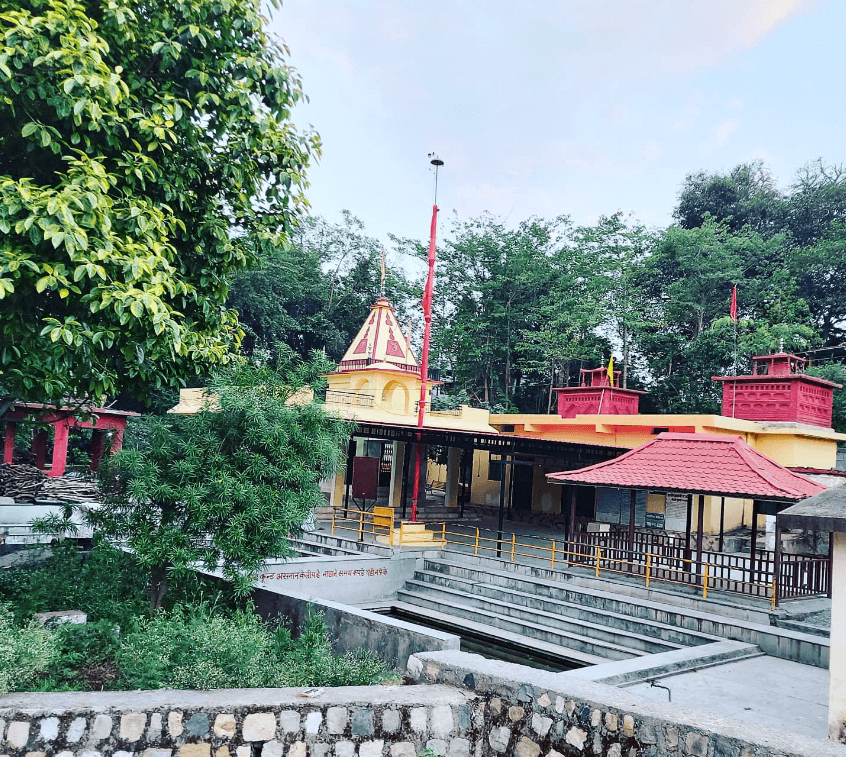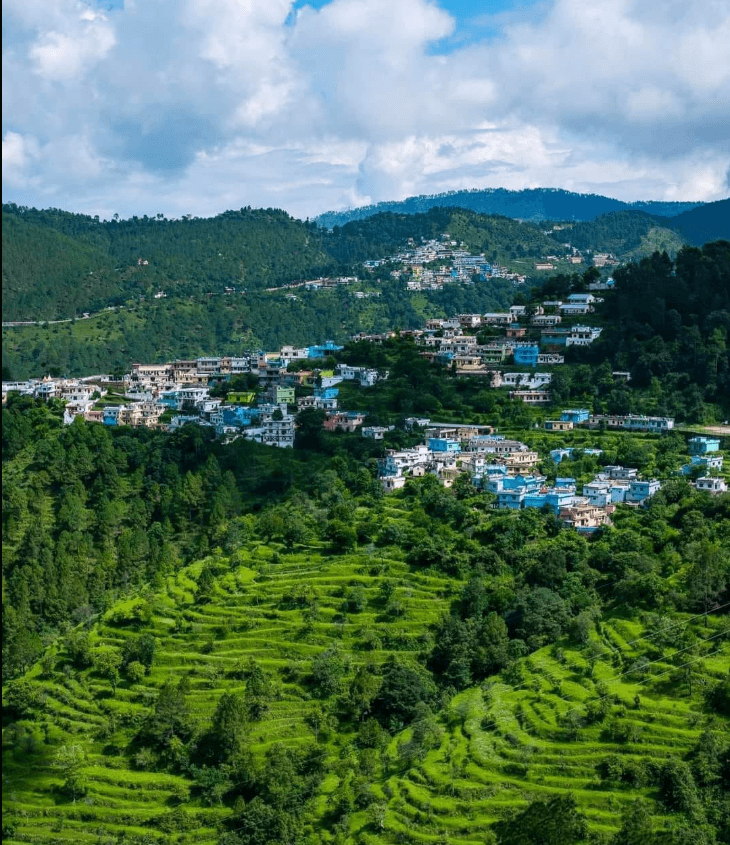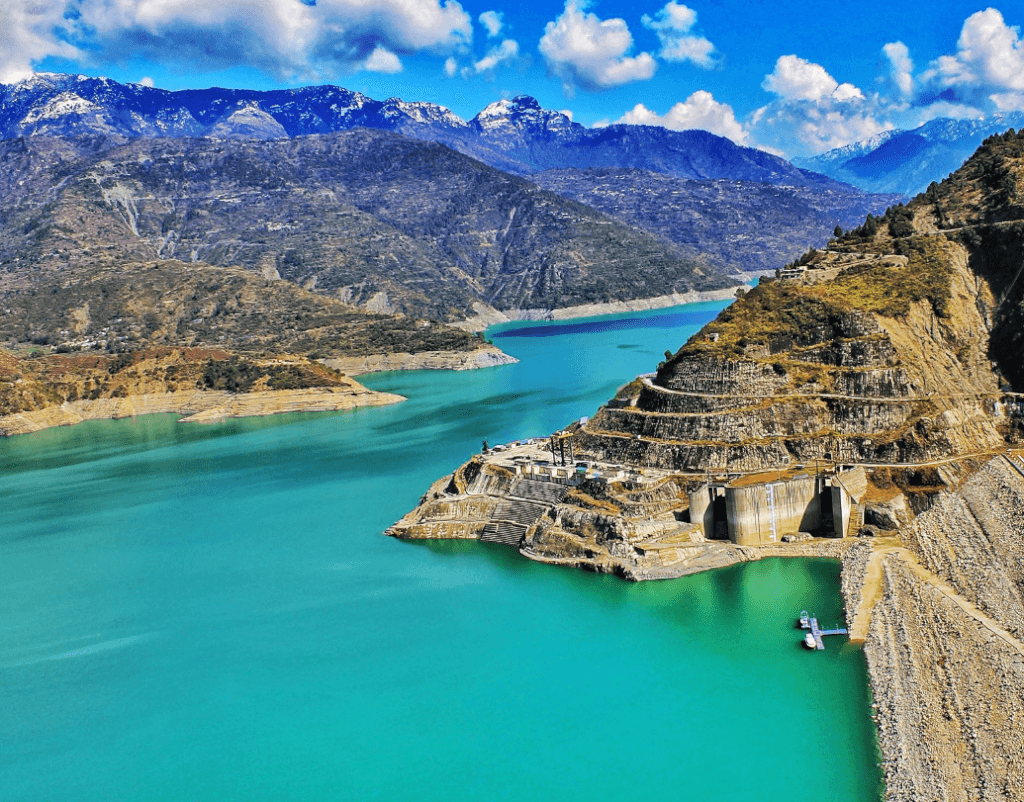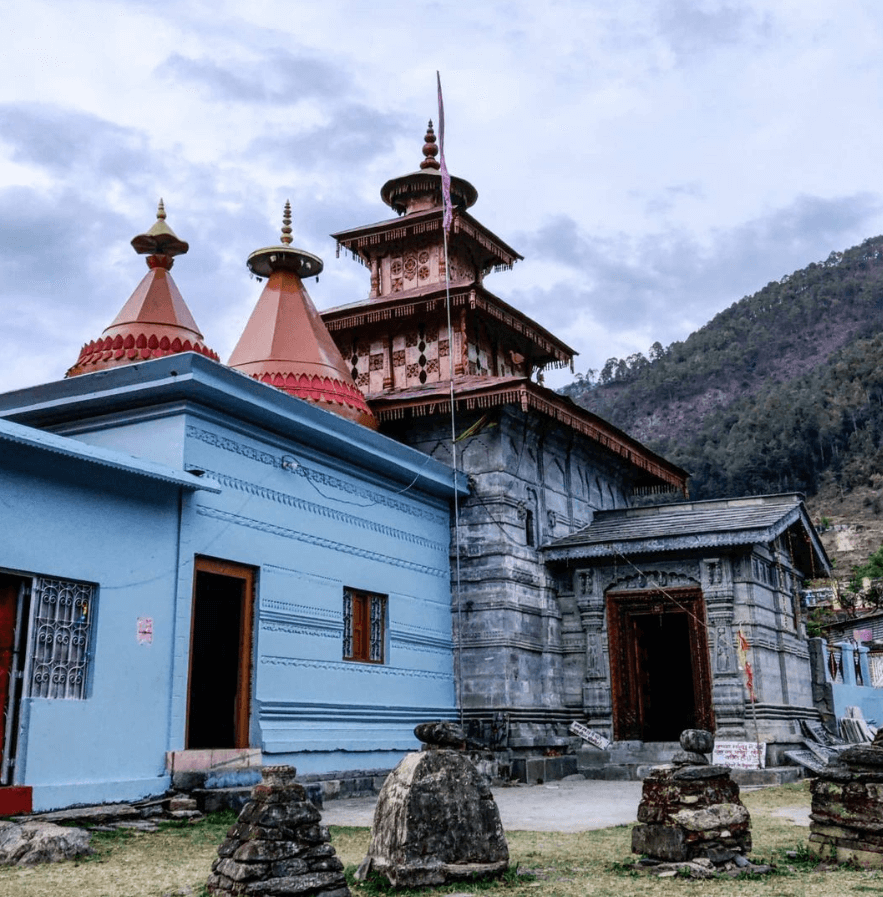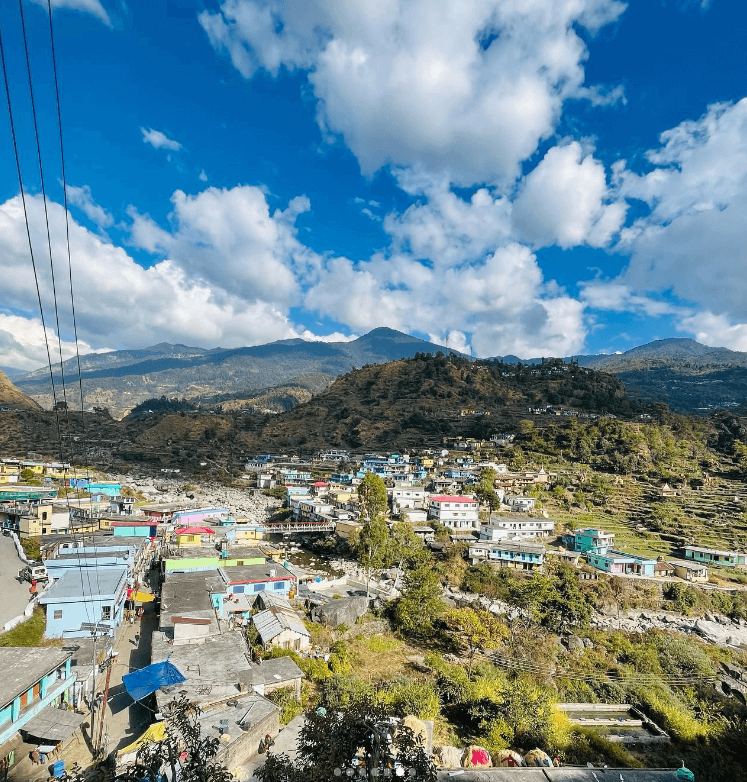Benog Wildlife Sanctuary sounds like a serene escape nestled in the lap of nature. The mix of diverse flora and fauna, along with the breathtaking views of snow-clad peaks, must make it a haven for nature lovers. Birdwatching amidst the benedictory pines and old cedar trees seems like a delightful experience.
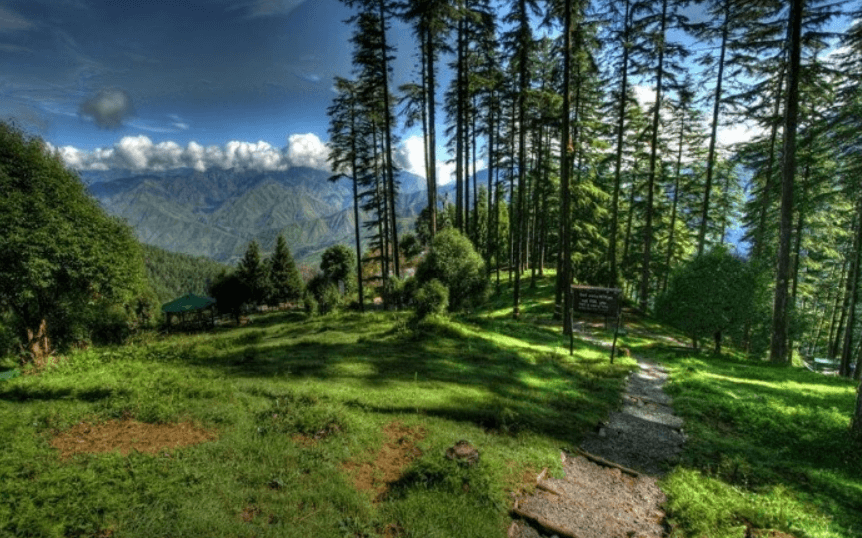
Benog Wildlife Sanctuary is located near Mussoorie in the Indian state of Uttarakhand. Here are some key points about Benog Wildlife Sanctuary:
Location: Benog Wildlife Sanctuary is situated about 11 kilometers from Mussoorie, a popular hill station in the Garhwal region of Uttarakhand, India.
Flora and Fauna: The sanctuary is known for its diverse flora and fauna. It is home to a variety of plant species, including oak and rhododendron forests. Wildlife in the sanctuary includes leopards, Himalayan goats, deer, and various species of birds.
Benog Hill: The sanctuary is named after Benog Hill, which is a prominent peak in the region. The area is known for its scenic beauty and offers panoramic views of the Himalayan ranges.
Trekking Opportunities: Benog Wildlife Sanctuary provides opportunities for trekking enthusiasts. The trails in the sanctuary offer a chance to explore the natural beauty and observe the diverse wildlife.
Conservation: The sanctuary plays a crucial role in the conservation of the local biodiversity. Efforts are made to protect the natural habitat and promote sustainable tourism practices.
Activities in Benog Wildlife Sanctuary
Wildlife Sanctuary:
Nature Walks and Hiking: Benog Sanctuary offers various trails and paths that allow visitors to explore the natural beauty of the region. Hiking and nature walks are popular activities, providing opportunities to observe the diverse flora and fauna.
Bird Watching: The sanctuary is home to a variety of bird species. Bird watchers can enjoy spotting both resident and migratory birds. Binoculars and a bird guide can enhance the experience.
Wildlife Viewing: Keep an eye out for the diverse wildlife present in the sanctuary. Common sightings may include deer, leopards, Himalayan bears, and various species of birds and butterflies.
Photography: The picturesque landscapes and diverse wildlife make Benog Sanctuary an excellent location for photography enthusiasts. Capture the scenic beauty and wildlife with your camera.
Educational Tours: Some visitors may opt for guided tours that provide insights into the ecology, biodiversity, and conservation efforts within the sanctuary. Local guides can share information about the flora and fauna.
Picnicking: Many visitors enjoy picnicking in the serene surroundings. Be sure to follow any rules or guidelines in place to maintain the ecological balance of the area.
Visit to Jwala Devi Temple: Within the sanctuary, there is the Jwala Devi Temple dedicated to the goddess of light. Visitors often include a visit to the temple as part of their experience.
Near Place to Visit
How To Reach Sankri
Sankri is a picturesque village located in the Uttarkashi district of the Indian state of Uttarakhand. It serves as a…
Mussoorie Mall Road
Mussoorie Mall Road is a popular and iconic street located in the hill station of Mussoorie, which is nestled in…
How To Reach Benog Wildlife Sanctuary
By Road
From Dehradun: Mussoorie is well-connected by road to Dehradun. You can hire a taxi or take a bus from Dehradun to Mussoorie. From Mussoorie, you can further hire a local taxi or use public transportation to reach Benog Wildlife Sanctuary.
From Delhi: Mussoorie is approximately 290 kilometers from Delhi. You can drive to Mussoorie or take a bus from Delhi to Mussoorie. From Mussoorie, you can then arrange local transportation to reach Benog Wildlife Sanctuary.
By Train
The nearest railway station to Mussoorie is the Dehradun Railway Station, approximately 36 kilometers away. From the railway station, you can hire a taxi or take a bus to reach Mussoorie.
By Air
The nearest airport to Mussoorie is the Jolly Grant Airport in Dehradun, which is approximately 60 kilometers away. From the airport, you can hire a taxi or take a bus to Mussoorie. Once in Mussoorie, you can arrange local transportation to reach the Benog Wildlife Sanctuary.

